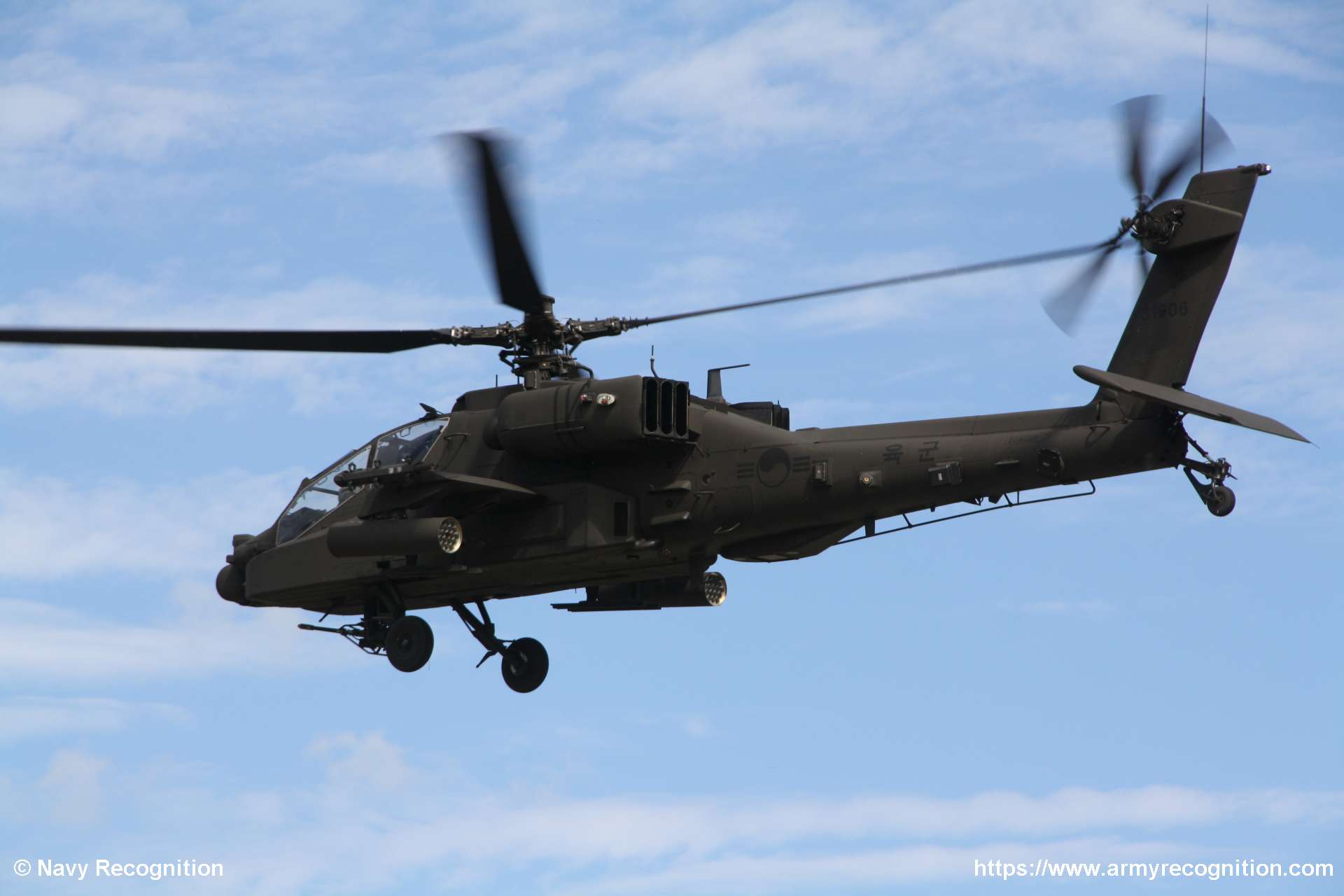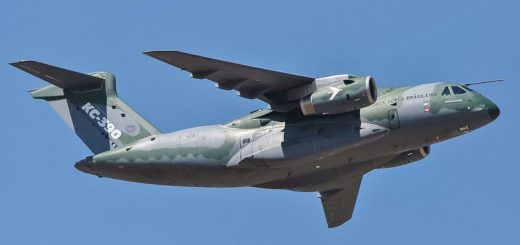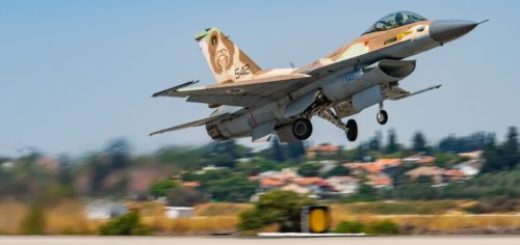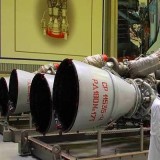Polish Military Secures T700 Engines for Apache helicopters Fleet Expansion

{loadposition bannertop}
{loadposition sidebarpub}
According to a PR published by GE Aerospace on January 8, 2025, the firm has secured an order for 210 T700 engines to power 96 Boeing AH-64E Apache Guardian helicopters for the Polish Armed Forces.Follow Army Recognition on Google News at this link
GE Aerospace secures T700 engine order for Poland’s Apache Guardians. (Picture source: Army Recognition)
The T700 engine, renowned for its performance and durability, will join the fleet of GE Aerospace-powered aircraft already in service with the Polish Armed Forces. These include FA-50 fighter jets, Sikorsky S-70i Black Hawks, and Leonardo AW149 and AW101 helicopters.
In August 2024, Poland formalized a defense acquisition by signing a contract with the United States government for 96 Boeing AH-64E Apache Guardian attack helicopters. Valued at approximately $10 billion, this deal is a cornerstone of Poland’s “Kruk” (Raven) Attack Helicopter program.
This acquisition positions Poland as the second-largest operator of Apache helicopters globally, following the United States. The AH-64E Apaches are set to replace the aging Soviet-era Mi-24 helicopters.
To ensure the effective integration of the AH-64E Apaches into the Polish Armed Forces, the first group of Polish pilots and engineers has already commenced training in the United States. This training program is ongoing, preparing personnel to operate and maintain the advanced systems of the Apache helicopters upon their arrival.
One of the Apache’s most critical advantages is its effectiveness against armored threats. Armed with AGM-114 Hellfire missiles and Hydra 70 rockets, the Apache can engage and destroy enemy tanks and armored vehicles from considerable distances, a vital capability in countering mechanized assaults. Its advanced sensor suite, which includes night vision and target acquisition systems, enables precision targeting in all weather conditions and around the clock. This makes it invaluable for halting or delaying an enemy’s advance during high-intensity conflicts.
Additionally, the AH-64E’s ability to integrate with unmanned aerial systems enhances its operational reach. Through manned-unmanned teaming, the helicopter can control drones to extend reconnaissance capabilities and engage targets while minimizing exposure to enemy fire. This feature significantly improves the situational awareness of commanders, allowing for better coordination and decision-making on the battlefield.
The Apache is also designed for survivability in high-threat environments, featuring redundant systems and armored protection. Its versatility allows it to undertake multiple mission profiles, including close air support, deep attack operations, and escort missions for ground troops. This adaptability ensures it can address diverse operational needs, whether in defense or during offensive operations.

{loadposition bannertop}
{loadposition sidebarpub}
According to a PR published by GE Aerospace on January 8, 2025, the firm has secured an order for 210 T700 engines to power 96 Boeing AH-64E Apache Guardian helicopters for the Polish Armed Forces.
Follow Army Recognition on Google News at this link
GE Aerospace secures T700 engine order for Poland’s Apache Guardians. (Picture source: Army Recognition)
The T700 engine, renowned for its performance and durability, will join the fleet of GE Aerospace-powered aircraft already in service with the Polish Armed Forces. These include FA-50 fighter jets, Sikorsky S-70i Black Hawks, and Leonardo AW149 and AW101 helicopters.
In August 2024, Poland formalized a defense acquisition by signing a contract with the United States government for 96 Boeing AH-64E Apache Guardian attack helicopters. Valued at approximately $10 billion, this deal is a cornerstone of Poland’s “Kruk” (Raven) Attack Helicopter program.
This acquisition positions Poland as the second-largest operator of Apache helicopters globally, following the United States. The AH-64E Apaches are set to replace the aging Soviet-era Mi-24 helicopters.
To ensure the effective integration of the AH-64E Apaches into the Polish Armed Forces, the first group of Polish pilots and engineers has already commenced training in the United States. This training program is ongoing, preparing personnel to operate and maintain the advanced systems of the Apache helicopters upon their arrival.
One of the Apache’s most critical advantages is its effectiveness against armored threats. Armed with AGM-114 Hellfire missiles and Hydra 70 rockets, the Apache can engage and destroy enemy tanks and armored vehicles from considerable distances, a vital capability in countering mechanized assaults. Its advanced sensor suite, which includes night vision and target acquisition systems, enables precision targeting in all weather conditions and around the clock. This makes it invaluable for halting or delaying an enemy’s advance during high-intensity conflicts.
Additionally, the AH-64E’s ability to integrate with unmanned aerial systems enhances its operational reach. Through manned-unmanned teaming, the helicopter can control drones to extend reconnaissance capabilities and engage targets while minimizing exposure to enemy fire. This feature significantly improves the situational awareness of commanders, allowing for better coordination and decision-making on the battlefield.
The Apache is also designed for survivability in high-threat environments, featuring redundant systems and armored protection. Its versatility allows it to undertake multiple mission profiles, including close air support, deep attack operations, and escort missions for ground troops. This adaptability ensures it can address diverse operational needs, whether in defense or during offensive operations.







